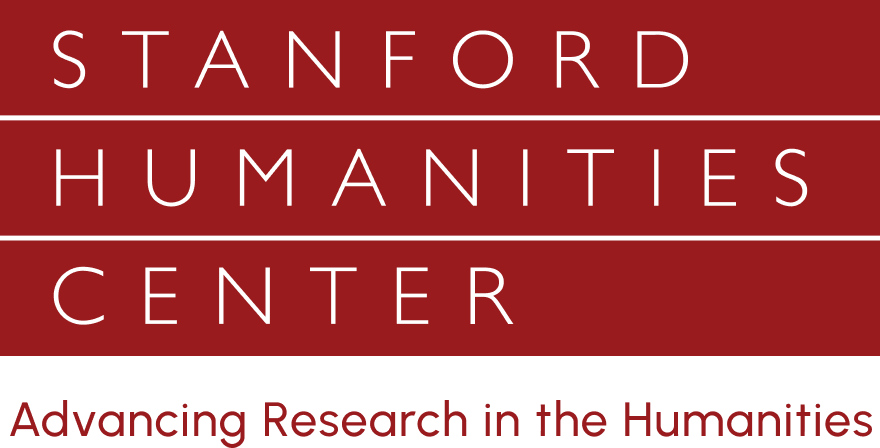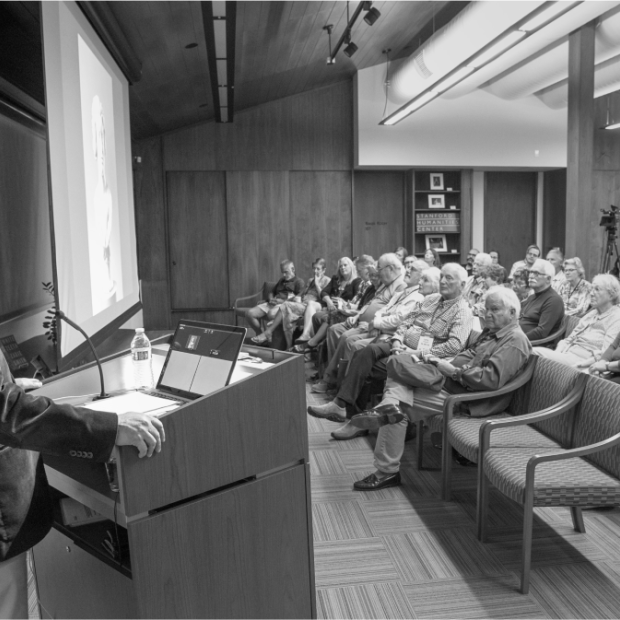There has been some debate in recent years concerning the historical origins of written vernacular languages in India, and more particularly, the role such languages might have played in creating regional communities. One school argues that written vernaculars crystallized as a result of state patronage, with courts supporting either the production of discursive or other types of literature, or promoting the use of such languages for bureaucratic purposes. Another school argues that vernacular tongues emerged as a consequence of the rise of bhakti devotional cults, especially through the efforts of bhakti poets to use written forms of these languages as a means of reaching common people, or indeed, of such poets verbalizing religious sentiments that were already alive among devotional communities. Thus the question, in a nutshell, is whether written vernaculars are to be understood as phenomena that arose “from above”, or “from below.” My paper plans to examine three written vernacular traditions, Bengali, Telugu, and Marathi, with a view to evaluating the merits of both modes of explanation against empirical evidence respecting each of these language traditions. It also considers factors that might move the debate well beyond the either/or choice that is implied in the “above” and “below” dichotomy.
Dr. Eaton's research interests focus on the social and cultural history of pre-modern India (1000-1800), and especially on the range of historical interactions between Iran and India, and on Islam in South Asia. He has published monographs on the social roles of Sufis (Muslim mystics) in the Indian sultanate of Bijapur (1300-1700), on the growth of Islam in Bengal (1204-1760), and on the social history of the Deccan from 1300 to 1761. Most recently, he has co-authored a monograph entitled Power, Memory, Architecture: Contested Sites on India's Deccan Plateau, 1300-16. These four historical monographs employ as analytical tools, respectively, Weberian social thought, Annales School methodology, biography, and architecture.





